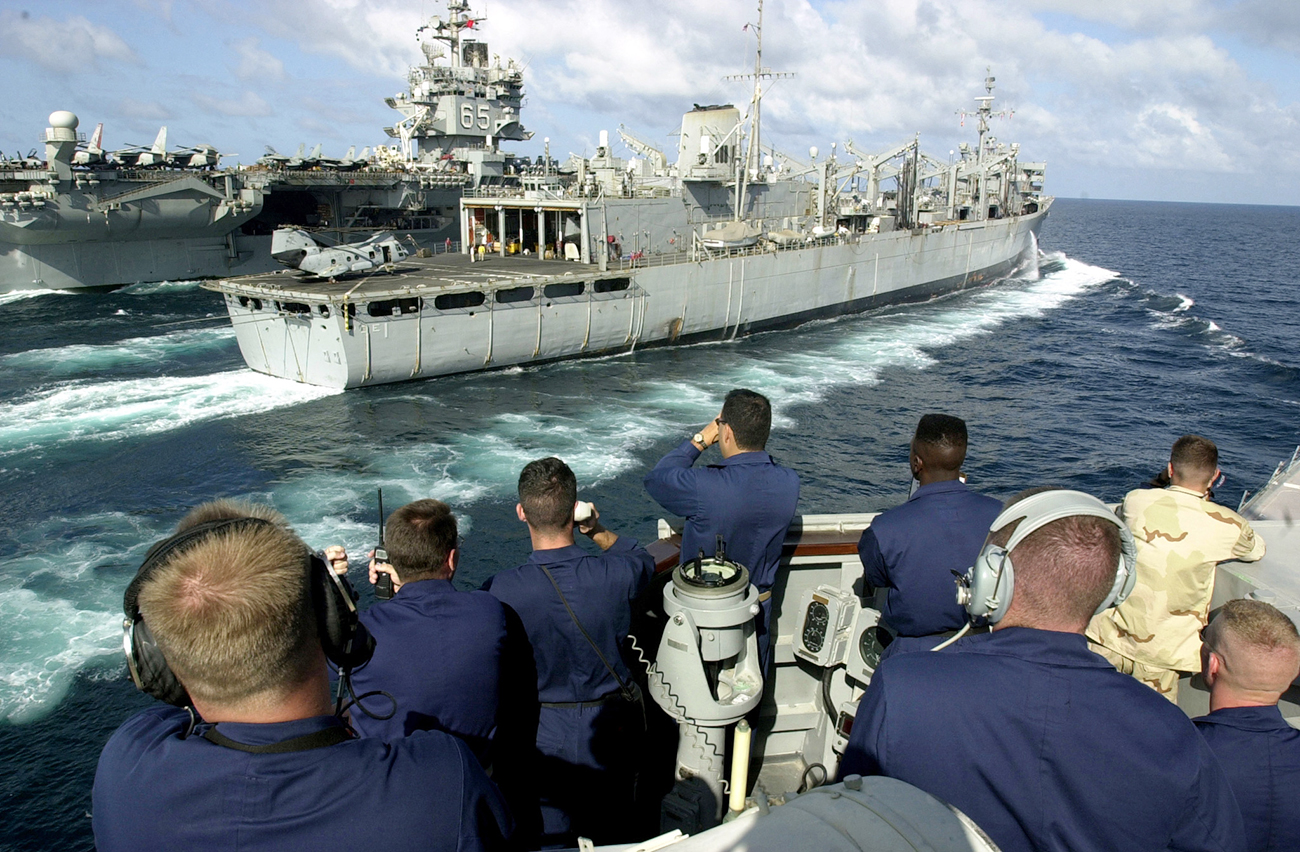Will Washington use the SM-3 missiles to threaten Russia?

The SM-3 flies at a speed of Mach 14 and has a range of 600 miles. From Poland it can hit targets in the skies over the European part of Russia.
ReutersIn early February, the U.S. Navy destroyer USS John Paul Jones successfully tested the new Standard Missile 3 (SM-3) Block IIA interceptor off the coast of Hawaii. The missile will be deployed at NATO air defense installations in Poland and Romania starting in 2018.
The new weapon’s warhead is an improved kinetic-action interceptor, designed for precision strikes against missile warheads. The SM-3 has also been equipped with advanced radar, enabling it to single out a warhead in a cloud of decoy targets released by a nuclear warhead on approach to its target.
The American designers have also increased the guided missile’s flight time, and it can now reach targets in near-earth orbit. The SM-3 flies at a speed of Mach 14 and has a range of 600 miles. From Poland it can hit targets in the skies over the European part of Russia.
Hit a fly in the eye
"The SM-3’s abilities can be compared to hitting a fly in the eye when it is already approaching you," said Vadim Kozyulin, professor at the Academy of Military Science. "The missile’s radar system still doesn’t allow it to hit a nuclear warhead or ballistic missile in a cloud of decoy targets on approach to the target."
While these missiles are currently no threat to Russia's nuclear deterrent, the situation could dramatically change tomorrow.
"The American defence industry complex is working on hypersonic technologies, and the fourth version of the SM in 15 years will be able to knock out our nuclear missiles on Russian territory at the moment of launch," said Kozyulin, adding that the boost phase of Topol-M missiles prior to entry into space is a little under five minutes.
"This is going to be a major problem in 15 years," said Professor Kozyulin. "Therefore, the issue of the European Missile Defence System needs to be dealt with now."
That is not the only problem worrying experts.
Intermediate range missiles
The U.S. accuses Russia of violating the treaty on intermediate range missiles (600 to 3,000 miles range) and short-range missiles (300 to 600 miles range). In 1987, Moscow and Washington agreed to eliminate such missiles under the Intermediate-Range Nuclear Forces Treaty (INF Treaty).
Citing unidentified sources in the U.S. government, the New York Timesaccused Russia’s Defense Ministry of developing cruise missiles with nuclear warheads that have a strike radius of 1,500 miles.
Neither this influential newspaper nor American politicians furnished any evidence to back up their accusations. Kremlin press secretary Dmitry Peskov said that Russia is compliant with the international treaties it has signed, including INF.
Despite the lack of evidence, American politicians hastened to go on the warpath.
"If Russia is going to test and deploy intermediate range cruise missiles, then logic dictates that we respond," declared U.S. Republican senators before sending to the House of Representatives a bill allowing the U.S. to develop intermediate range missile systems and to transfer the relevant technologies to allies in circumvention of the INF treaty.
Russian analysts said the Americans want to play their trump card. In addition to the SM-3 missile interceptors, MK-41 launchers in Poland and Romania can fire Tomahawk cruise missiles with a strike radius of 1,500 miles.
"The Tomahawks, like our Kalibr (sea-launched cruise missiles), can be rewired," said a source in the Russian defense industry complex, adding that to develop a ground-launched version is relatively simple. The guidance system, which is designed for flight over water surfaces, can be replaced with a land-based version.
"I don't rule out that the Americans have already developed such a system with the Tomahawk, but they're just not speaking about it," he added.
Read more: Russia's S-400 to help China control Taiwan and Diaoyu airspace - expert>>>
If using any of Russia Beyond's content, partly or in full, always provide an active hyperlink to the original material.
Subscribe
to our newsletter!
Get the week's best stories straight to your inbox
